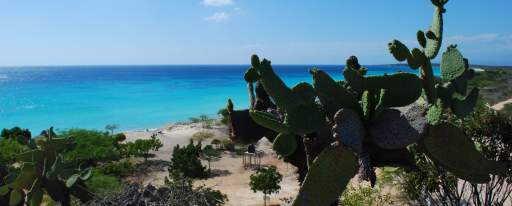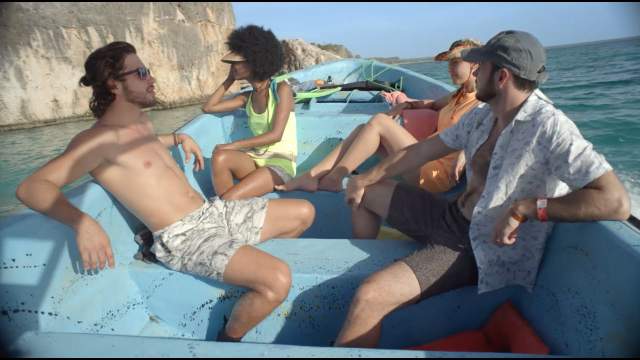National Parks + Protected Areas
The Dominican Republic’s diverse topography and varying climates combine to create the perfect environment for over 6,000 species of thriving flora and fauna, including a high number of endemic species. In Bayahíbe, Cotubanamá National Park stretches from land—where you can spot the national, endemic Bayahíbe Rose—to the marine jewels of Saona and Catalina islands offshore, teeming with marine life. The largest of all national parks, and part of the DR’s UNESCO Biosphere Reserve, Jaragua National Park includes beach, lagoons, dry forests and cays. Nearby, the Sierra de Bahoruco is the only cloud forest in the Caribbean. Among the most visited parks in the country is also its most stunning: Los Haitises National Park, toured mainly by boat to view its towering rock mounts rising out of the water. In one of the most remote, pristine areas of the country, Valle Nuevo National Park astounds with its dense pine tree forests and frosty mornings.
Whether for hiking, bird watching, or on flora expeditions, the DR’s protected areas should feature on your vacation to do list.
Explore one of the DR’s 29 national parks across land and sea, including a UNESCO Biosphere Reserve.


